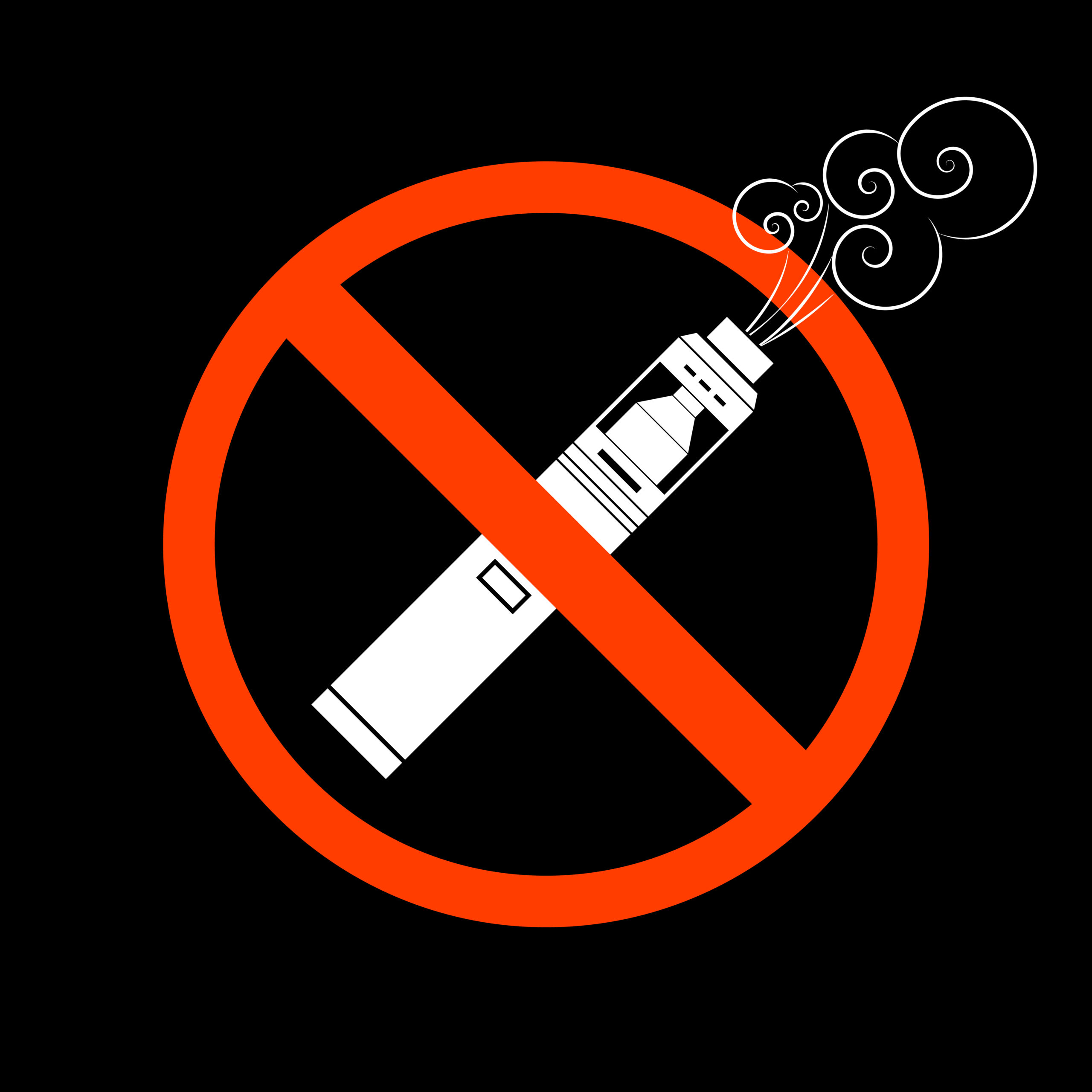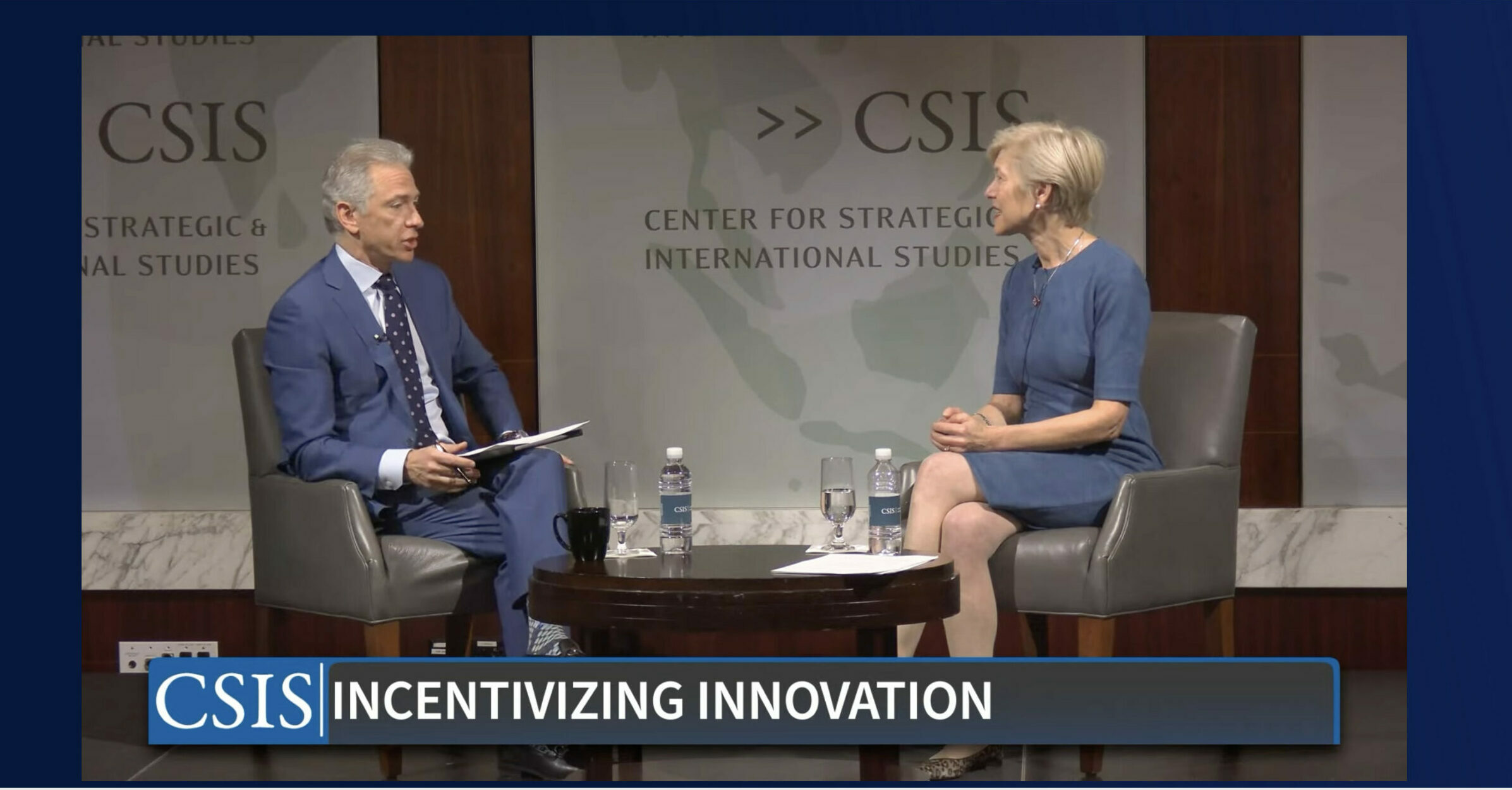CAFC Nixes Philip Morris ITC Appeal for Failure to Raise Duty to Consult, Claim Construction Arguments
“That the regulatory process, for which there was an explicit grace period, was not complete at the time that Reynolds filed the complaint does not mean the domestic industry products were ‘illegal,’ as Philip Morris insists.”
On March 31, the U.S. Court of Appeals for the Federal Circuit issued a precedential decision in Philip Morris Products S.A. v. International Trade Commission affirming a Section 337 ruling by the U.S. International Trade Commission (ITC) that blocked the importation and sale of electronic vape tobacco products infringing patents owned by R.J. Reynolds Vapor Company. While much of the precedential decision deals with Philip Morris’ procedural and agency challenges to the ITC’s ruling, the Federal Circuit also rejected arguments that several patentability findings entered by the ITC were not supported by substantial evidence.
The present appeal stems back to an ITC complaint filed by R.J. Reynolds in April 2020 seeking a Section 337 investigation into Philip Morris’ IQOS line of heat-not-burn tobacco vaping products. The two patents asserted by R.J. Reynolds are U.S. Patent No. 9901123, Tobacco-Containing Smoking Article, and U.S. Patent No. 9930915, Smoking Articles and Use Thereof for Yielding Inhalation Materials. After a yearlong investigation, the administrative law judge (ALJ) concluded that the accused IQOS products infringed claims of both patents, that R.J. Reynolds established the existence of a domestic industry with respect to both patents, and that the public interest did not weigh against entry of a limited exclusion order (LEO).
After reviewing the ALJ’s final initial determination, the ITC affirmed findings that the ‘123 patent was not invalid for obviousness and that R.J. Reynolds had satisfied the domestic industry requirement. While the ALJ conducting the Section 337 investigation had recommended against issuing cease and desist orders (CDOs), the ITC entered such orders and an LEO against Philip Morris.
Need More Than ‘Vague Suggestion’ to Trigger Statutory Duty to Consult With HHS
Chief among Philip Morris’ challenges to the ITC’s Section 337 investigation is that the agency erred by failing its statutory duty to consult with the U.S. Department of Health and Human Services (HHS). Codified at 19 U.S.C. § 1337(b)(2), this provision directs the ITC to “consult with, and seek advice and information from” HHS and other Executive Branch agencies during the course of Section 337 investigations. Philip Morris contended that the ITC’s failure to consult with HHS, and more specifically the U.S. Food and Drug Administration, left the agency without information about FDA determinations on public health benefits of the IQOS heat-not-burn tobacco products.
At the outset, the Federal Circuit determined that Philip Morris had forfeited its argument that the ITC failed its statutory duty to consult by failing to properly raise that issue at the agency. The ITC itself had determined that Philip Morris raised the duty to consult argument for the first time on its motion to stay the CDO and LEO remedies, and the Federal Circuit agreed that Philip Morris had several opportunities to raise this issue and failed to do so. This failure occurred despite the fact that the ALJ conducting the Section 337 investigation asked both parties for their views on the ALJ’s authority under Section 1337(b)(2) to consult with HHS. While Philip Morris’ reply briefs informed the ITC that “[t]he Commission may find it enlightening to discuss these matters directly with… representatives of FDA itself,” the Federal Circuit agreed with the ITC that this “vague suggestion” was not the type of specific request required to raise or preserve its argument.
Even without considering forfeiture, the Federal Circuit still found that the ITC had satisfied its statutory duty to consult with HHS. The court noted that the ITC served notices of the Section 337 investigation to HHS employees designated to monitor Section 337 proceedings. The Federal Circuit ruled that, even under Philip Morris’ statutory construction requiring ITC to take “joint action” and participate in “an exchange of information” with HHS, the ITC satisfied this duty by making actual consultations with the FDA on the public interest matters of the Section 337 proceeding initiated by R.J. Reynolds. The Federal Circuit also faulted Philip Morris for failing to articulate what was required to comply with the ITC’s statutory duty under Section 1337(b)(2), which Philip Morris could have done by asking the ITC to invite briefing from the FDA.
R.J. Reynolds Files Section 337 Complaint Within PMTA Grace Period
The Federal Circuit further did not disturb the ITC’s Section 337 findings on the public interest and domestic industry factors. While Philip Morris had cited FDA orders on public health and reduce risk posed by IQOS heat-not-burn products, the Federal Circuit agreed with the ITC that the public health interests at play would not be severely impacted as non-tobacco therapies were on the market, and that the FDA orders did not equate with FDA approval based on the Commission’s reasonable review of the evidence.
On the domestic industry issue, the Federal Circuit agreed that the ITC was right to reject Philip Morris’ allegation that R.J. Reynolds had not proven the economic prong through the sale of its own VUSE Vibe and Solo products. R.J. Reynolds had not filed pre-market tobacco product applications (PMTAs) for its VUSE products as required by the Family Smoking Prevention and Tobacco Control Act by the time it filed its Section 337 complaint in April 2020. However, R.J. Reynolds filed its Section 337 complaint at the ITC about one month before the grace period for such filings ended in May 2020. “That the regulatory process, for which there was an explicit grace period, was not complete at the time that Reynolds filed the complaint does not mean the domestic industry products were ‘illegal,’ as Philip Morris insists,” the Federal Circuit wrote.
CAFC Affirms ITC’s Nonobviousness, Infringement and Corroboration Rulings
The Federal Circuit also affirmed a trio of patentability rulings entered by the ITC over appeals from Philip Morris. On the ITC’s finding that Philip Morris failed to prove claims 27-30 of the ‘123 patent as obvious over U.S. Patent No. 5249586 (“Morgan”) in view of the general knowledge and creativity of a person skilled in the art, the Federal Circuit found that the ITC didn’t err in finding that Morgan actually teaches away from the use of a central heater in an electronic smoking system. Further, the ITC didn’t err in finding that Philip Morris’ expert testimony did not establish a limited number of design choices available to the skilled artisan. Based in part on the lack of evidence offered by Philip Morris to establish that only three possible heater locations existed, the Federal Circuit affirmed the ITC’s findings that the challenged claims of the ‘123 were not invalid for obviousness.
As to infringement of the ‘915 patent, the Federal Circuit found that Philip Morris had failed to challenge the ITC’s construction of the claim term “receiving end” during the Section 337 proceedings at the agency, and thus couldn’t challenge claim construction on appeal. Philip Morris’ proposed claim construction required that the claimed “electrical energy source” be contained wholly within the “receiving end” instead of partially contained as asserted by R.J. Reynolds. Acknowledging that Philip Morris’ claim construction argument appeared to be an attempt to challenge the factual question of whether the asserted claims of the ‘915 patents read on the accused IQOS devices, the Federal Circuit ruled that the “receiving end” was not a specific component and could refer to any portion of the electrical smoking device receiving a disposable smoking article and having an electrical energy source.
Finally, the Federal Circuit affirmed the ITC’s finding that expert testimony from Philip Morris was insufficiently corroborated in order to establish an invalidating public use of the invention claimed in the ‘915 patent. Philip Morris had proffered testimony from the former product management team leader of a heat-not-burn device that Philip Morris exhibited in Miami, FL-based consumer research events prior to the effective date of R.J. Reynolds’ ‘915 patent. While such testimony might establish that Philip Morris had certain heat-not-burn devices in public use prior to the effective filing date, the Federal Circuit agreed with the ITC’s ALJ that Philip Morris failed to establish that those devices were the same as devices described in technical documents embodying the ‘915 patent’s invention. Along with certain inconsistencies in the witness testimony offered by Philip Morris, the Federal Circuit noted that none of Philip Morris’ technical documents used the same “Accord K” name used by its witness to identify the heat-not-burn device.
Image Source: Deposit Photos
Image ID: 177198416
Author: TRIKONA
Steve Brachmann
Steve Brachmann is a graduate of the University at Buffalo School of Law, having earned his Juris Doctor in May 2022 and served as the President of the Intellectual Property […see more]







